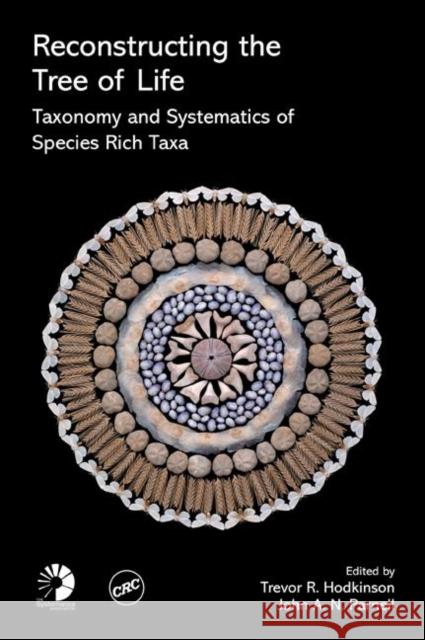Reconstructing the Tree of Life: Taxonomy and Systematics of Species Rich Taxa » książka
Reconstructing the Tree of Life: Taxonomy and Systematics of Species Rich Taxa
ISBN-13: 9780849395796 / Angielski / Twarda / 2006 / 368 str.
Reconstructing the Tree of Life: Taxonomy and Systematics of Species Rich Taxa
ISBN-13: 9780849395796 / Angielski / Twarda / 2006 / 368 str.
(netto: 834,48 VAT: 5%)
Najniższa cena z 30 dni: 856,36
ok. 22 dni roboczych
Bez gwarancji dostawy przed świętami
Darmowa dostawa!
To document the world's diversity of species and reconstruct the tree of life we need to undertake some simple but mountainous tasks. Most importantly, we need to tackle species rich groups. We need to collect, name, and classify them, and then position them on the tree of life. We need to do this systematically across all groups of organisms and because of the biodiversity crisis we need to do it quickly. With contributions from key systematic and taxonomic researchers, Reconstructing the Tree of Life: Taxonomy and Systematics of Species Rich Taxa outlines the core of the problem and explores strategies that bring us closer to its solution. The editors split the book into three parts: introduction and general concepts, reconstructing and using the tree of life, and taxonomy and systematics of species rich groups (case studies). They introduce, with examples, the concept of species rich groups and discuss their importance in reconstructing the tree of life as well as their conservation and sustainable utilization in general. The book highlights how phylogenetic trees are becoming "supersized" to handle species rich groups and the methods that are being developed to deal with the computational complexity of such trees. It discusses factors that have lead some groups to speciate to a staggering degree and also provides case studies that highlight the problems and prospects of dealing with species rich groups in taxonomy. To understand species rich taxa, evolution has set scientists a difficult, but not unattainable, challenge that requires the meshing together of phylogenetics and taxonomy, considerable advances in informatics, improved and increased collecting, training of taxonomists, and significant financial support. This book provides the tools and methods needed to meet that challenge.











